PARAFIELD AIRPORT, ADELAIDE 1960s
A selection of my photographs (apart from the two heading pictures) taken at Adelaide's general aviation airport during the 1960s
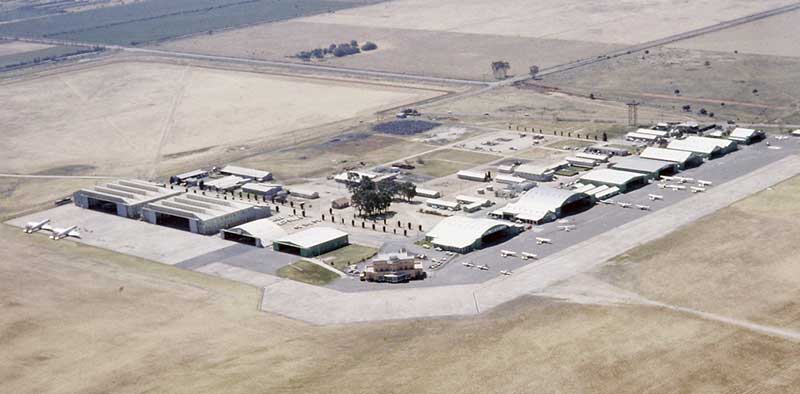
The first three hangars were DAP military maintenance, two RAAF Dakotas are parked outside. Next hangar was the former Auster
agents but by 1965 was light aircraft servicing. The Department of Civil Aviation administration building and Control Tower is on the
corner. The main hangar row begins with Royal Aero Club of SA, then Aerokair, about to become Rossair (Cessna dealers). The next
two hangars were both used by aerial agriculture company Robbys Aerial Services, then another aerial agricultural operator Air Mist,
Edmund Schneider sailplane works and at the top of the row Aviation Services (Piper dealers).
These two heading pictures courtesy of the Civil Aviation Historical Society.
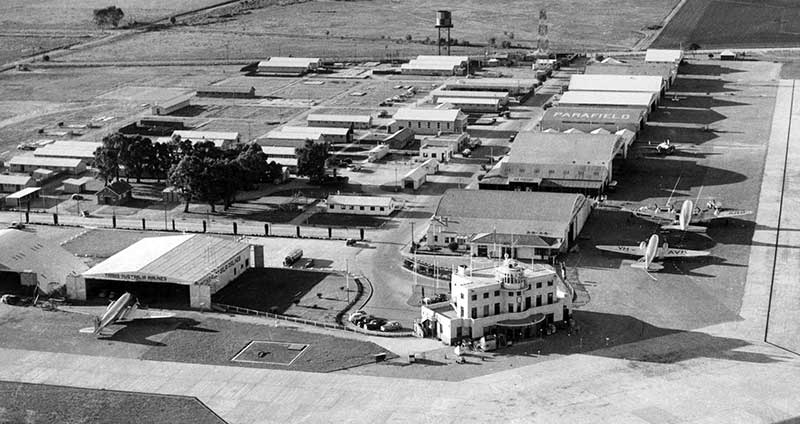
building with control tower on top was the passenger terminal. The first hangar of the main row was Australian National Airways with
an ANA DC-3 and DC-4, then the Guinea Airways hangar, with their Lockheed 14 VH-AEW parked outside. Behind the hangars were
buildings left behind from RAAF occupation during WWII when Parafield was home to No.1 EFTS, 34 Squadron and other units.
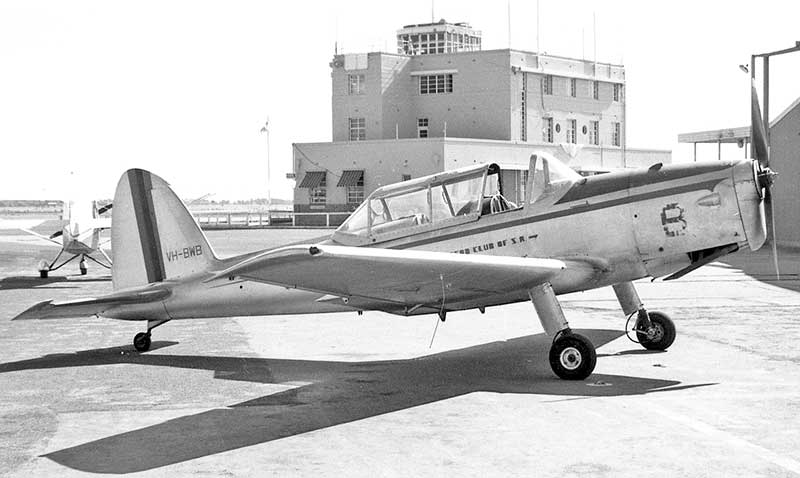
of South Australia. Chipmunk VH-BWB is seen at their hangar in December 1962, by which time Chipmunks had replaced the
Tiger Moth fleet. The imposing DCA terminal building behind was built just before WWII to the same design as Sydney Airport and
Archerfield Airport, Brisbane. By the 1960s it was used for administration, pilot briefing and flight planning, ATC tower on the roof.
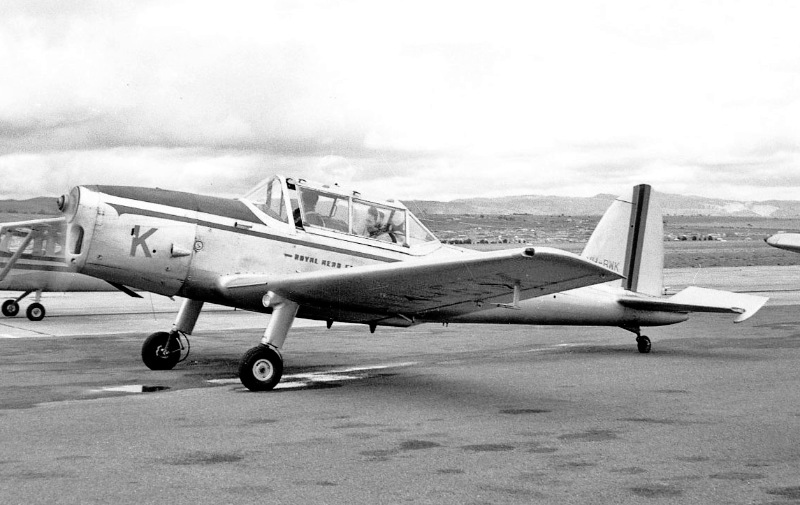
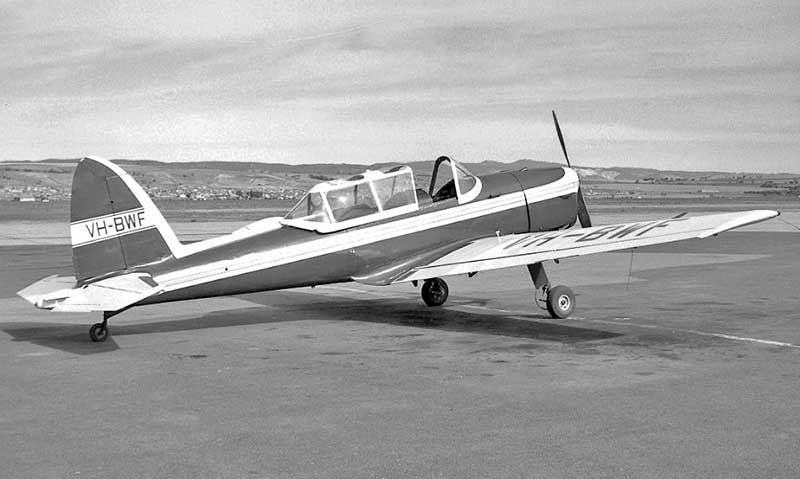
early model Cessnas were repainted only months prior to their sale to private owners. Here's Chipmunk VH-BWF in March 1963.
The Royal Aero Club of SA had used the VH-BW registration series since the mid 1950s.
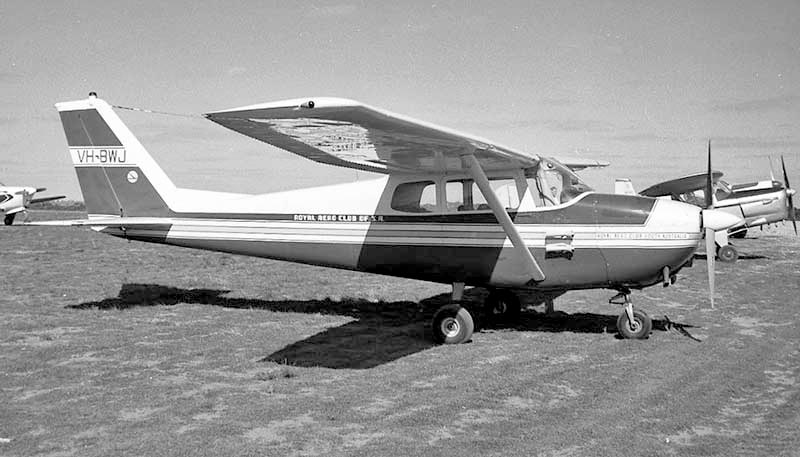
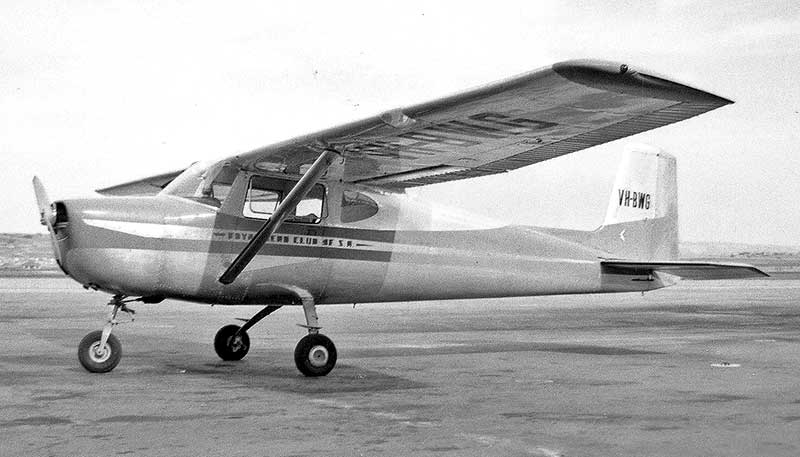
VH-BWG was photographed at Parafield March 1962, in the original Cessna factory paint scheme.
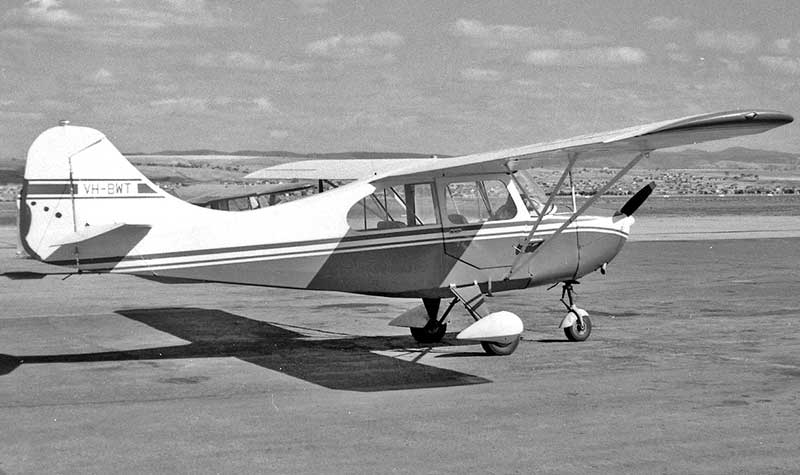
VH-BWT was purchased by the Royal Aero Club of SA, but was not popular with members and was sold in 1963.
It is pictured at Parafield in December 1962 on one of its rare outings outside the club hangar. Pale blue and white.
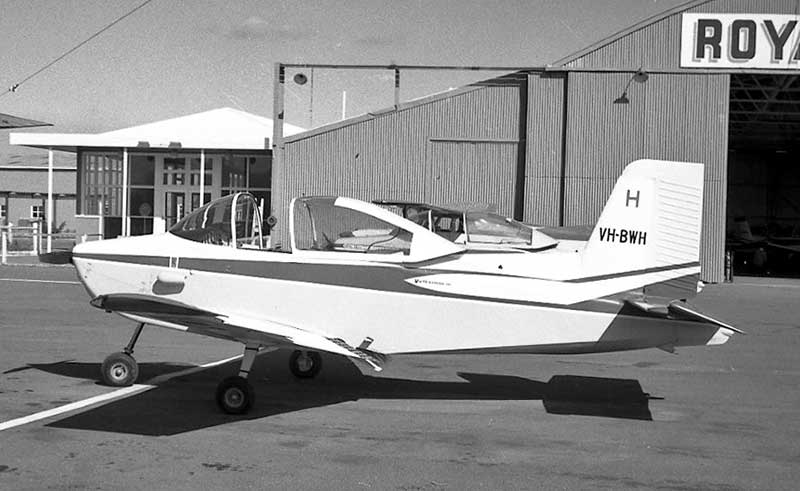
VH-BWH was parked on the club flight line in January 1965, with the hangar and members' lounge behind.
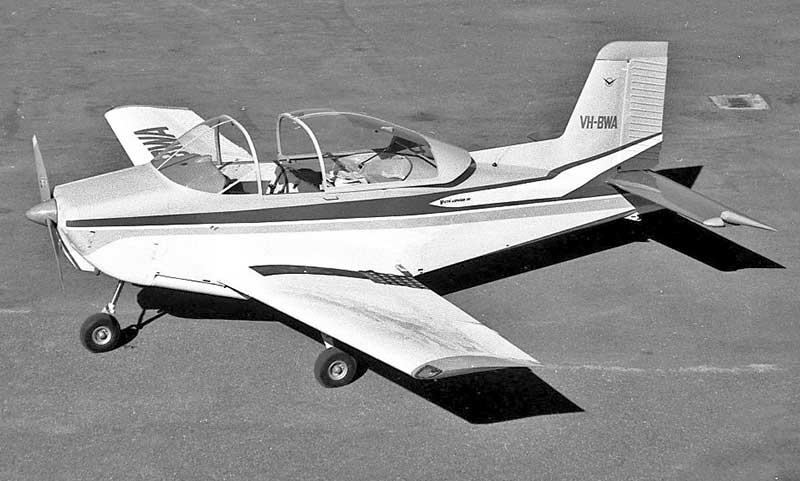
during January 1964.
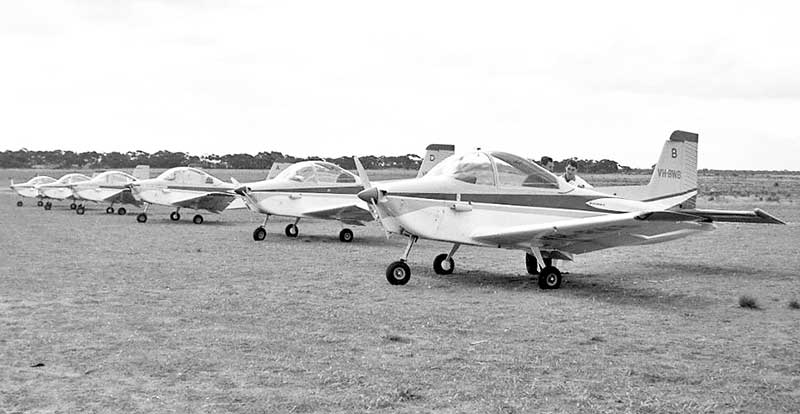
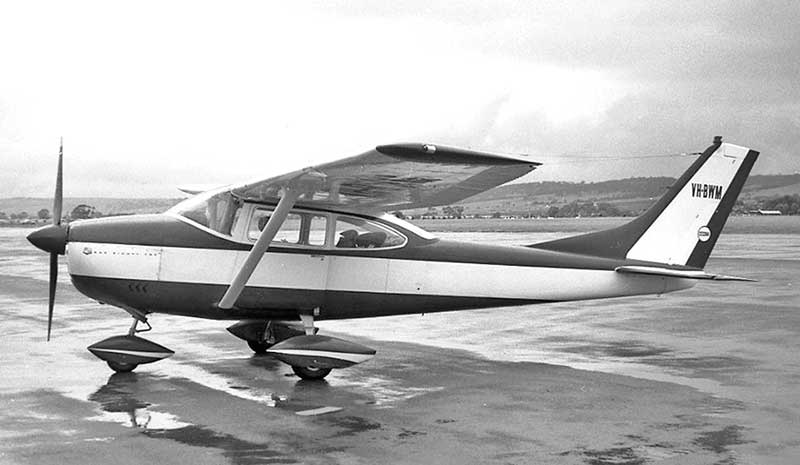
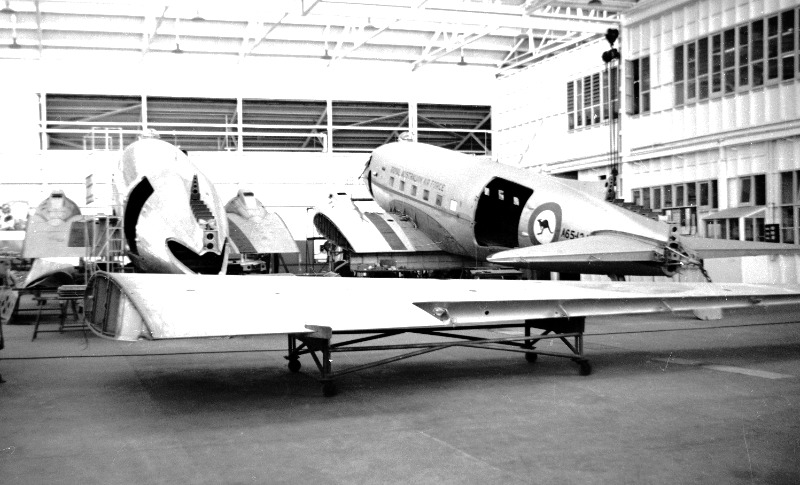
The WWII Department of Aircraft Production DAP hangars at Parafield were now operated by Government Aircraft Factories (GAF) for
military aircraft overhauls, mostly RAAF Dakotas. The hangar doors were usually kept closed amid a strong sense of military security
but we managed to photograph most of the remaining RAAF Dakotas as they rotated through the DAP hangars during the 1960s.
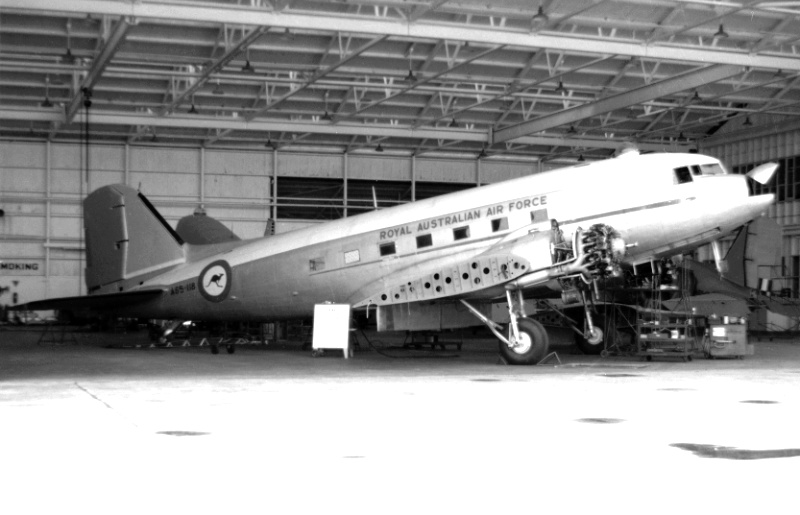
A65-118 and two other RAAF Dakotas undergoing major overhauls in a DAP hangar during September 1963.
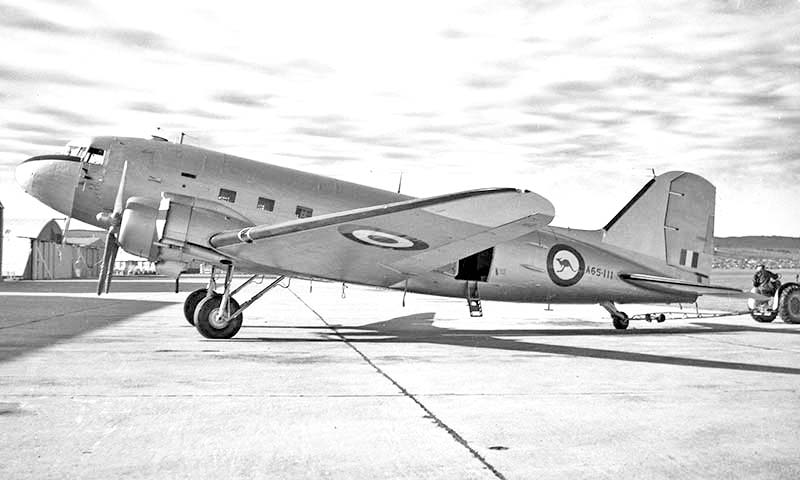
mostly RAAF Dakotas, during the decade. A65-111 seen in August 1962 was in the short-lived all metallic silver finish with
dayglo orange nose, wing tips and tail, without RAAF titles above the windows.
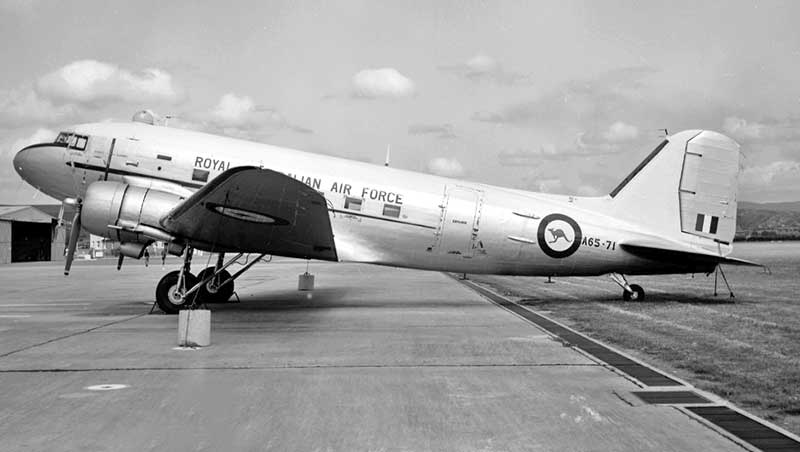
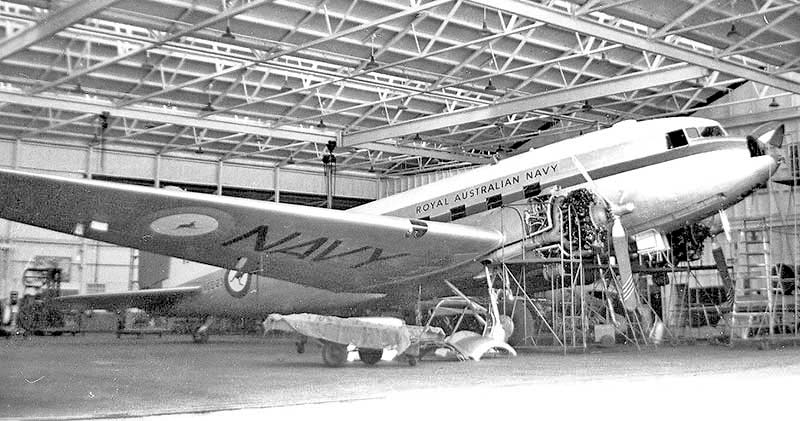
Royal Australian Navy Dalota A65-23 undergoing overhaul by DAP in April 1962. It was later reserialled N2-23.
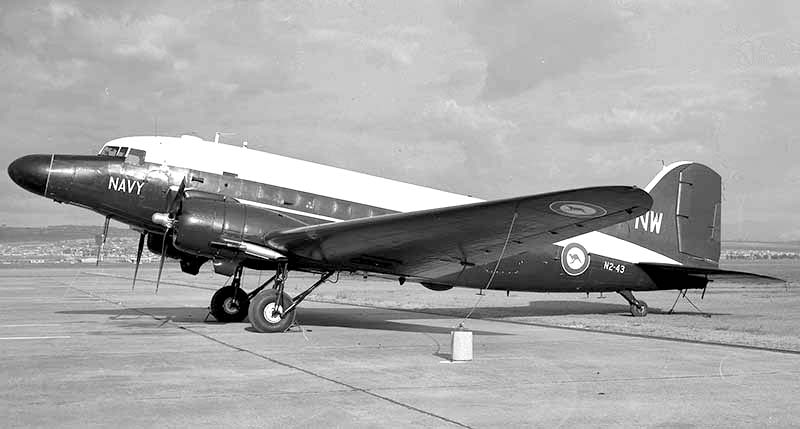
The nose was modified for its use as a trainer for the tactical systems of the RAN Sea Venoms based at Nowra NSW.
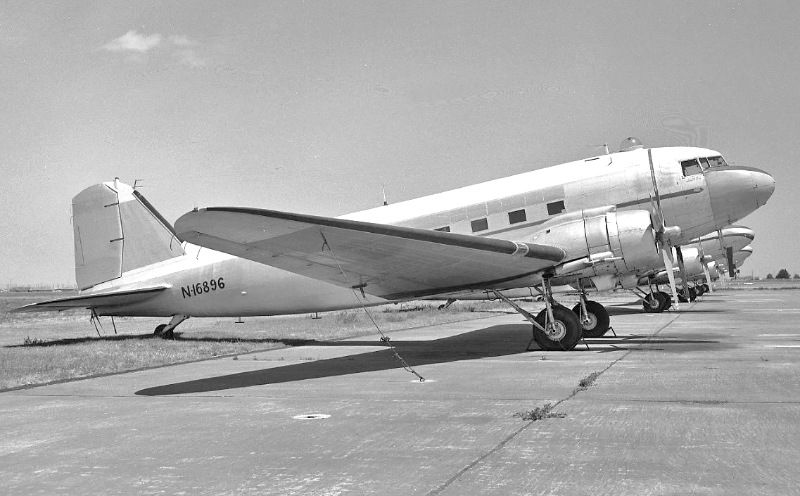
Stan Booker from Fresno, California. I photographed N16896 (formerly A65-119) at Parafield in December 1968.
For detailed coverage of their adventurous fates, refer this website: Australian Aviation/ Propliners delivered to SE Asia (Part 3).

Austers in for maintenance, also Tiger Moths and other older types. Auster J-5G Autocar VH-BSX photographed in December 1962
was unusual in having a landscape oil-painting on its cowling with the name Le Hunte.
Aviation Services operated flying schools at Port Lincoln and Whyalla with Tiger Moths then Chipmunks. In 1965 the company was
taken over by John Hardingham to become the Parafield Piper dealership under the name Aviation Services (Hardingham) Ltd.
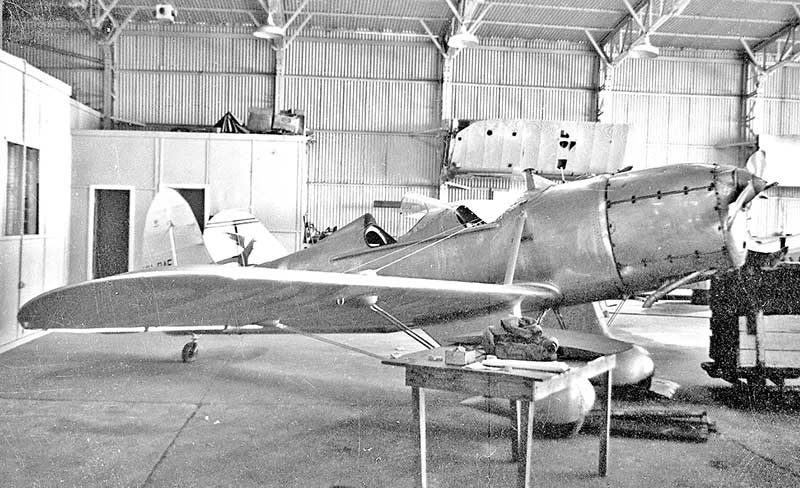
until sold to Queensland later that year. This Ryan had a DH Gipsy Major engine replacing the original American Menasco Pirate.

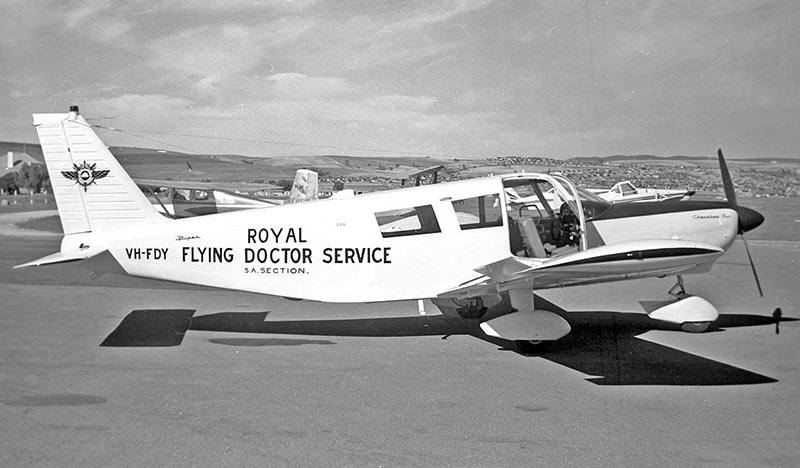
It was all white with black lettering and was modified for a stretcher to be rolled into the cabin behind the pilot.
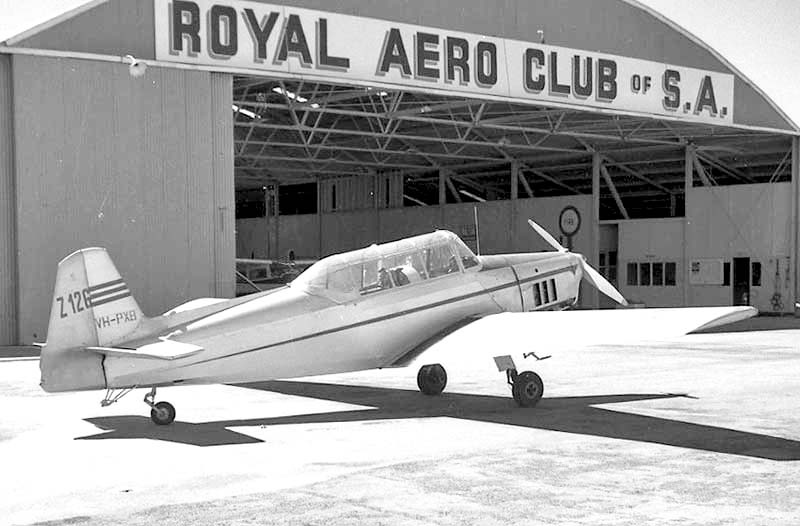
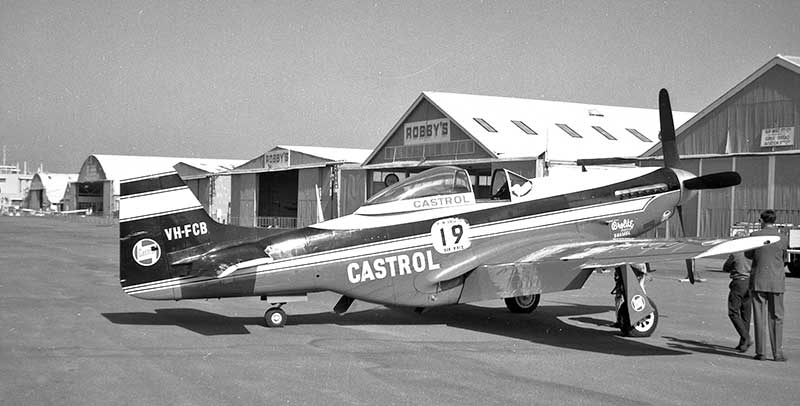
the finish line. My photo shows it parked before the parking areas behind became packed with the 145 following aircraft. The hangar row
looking back towards the Tower building: Air Mist, then two Robby's Aircraft hangars, Rossair then Aero Club.
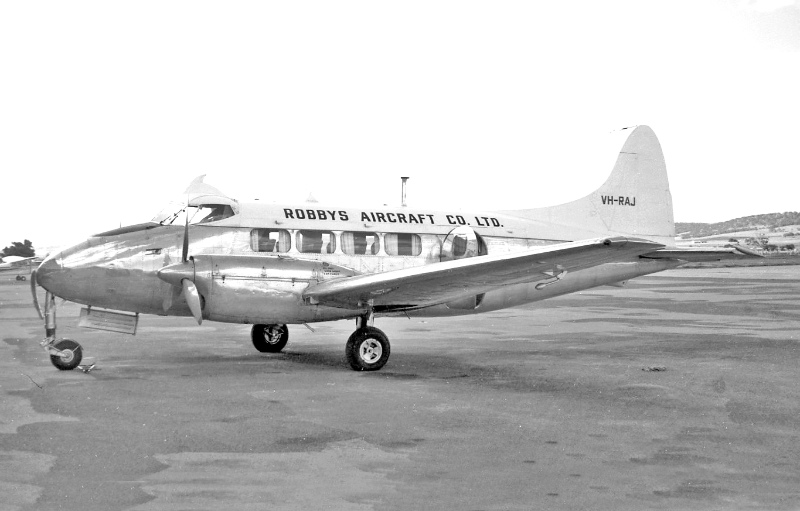
Robbys main hangar. It was sold to SA Air Taxis later that year to become VH-TLU, later VH-RCI then VH-CTS.
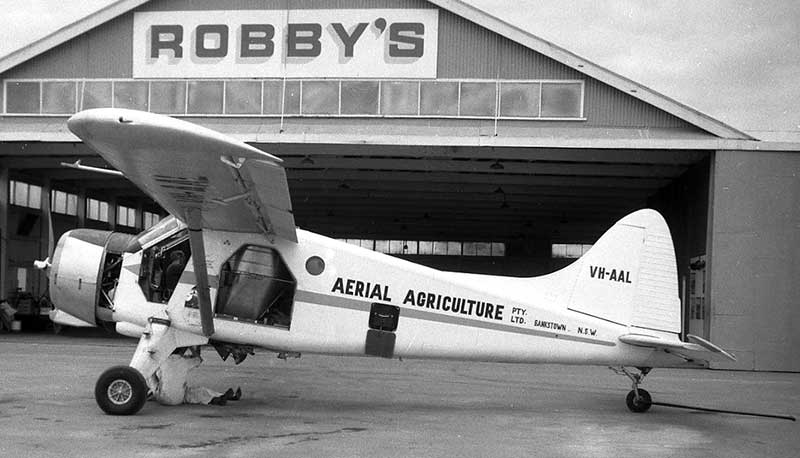
DHC-2 Beavers transferred from Aerial Agriculture became the the mainstay of Robby's fleet. VH-AAL was at Parafield in November 1963
while being flown as a duster by Robby's. The large Australian designed and built hopper can be seen in the cabin.
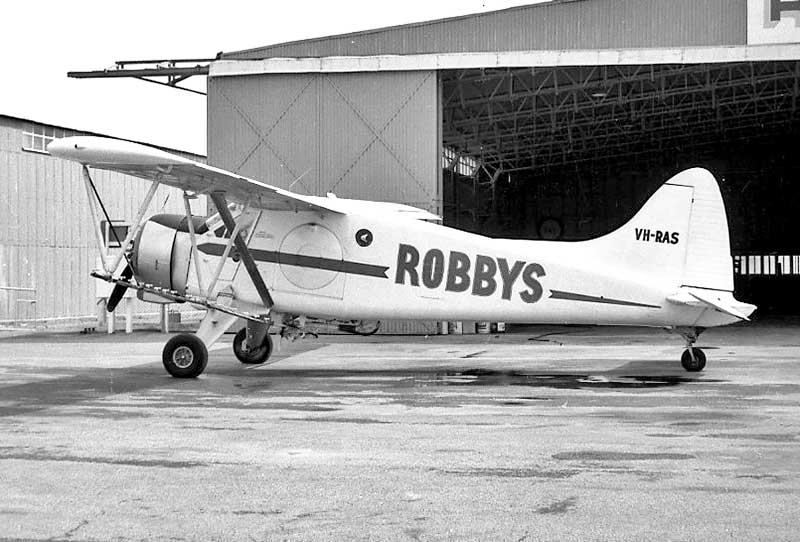
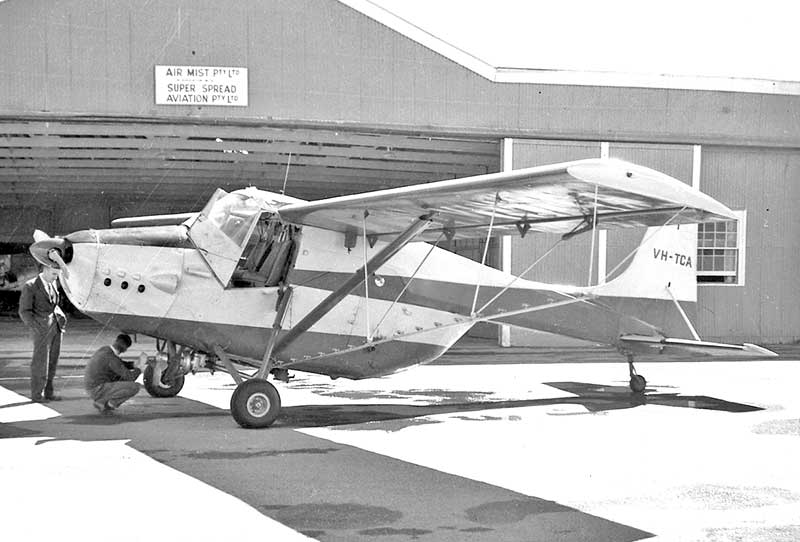
Tiger Moths, Cessna 180s, later Pawnees, as well as this single Edgar Percival EP-9 VH-TCA. Seen in August 1962, when it
was freshly repainted in a one-off mustard yellow and green scheme. The windows of the cabin area have been faired over.
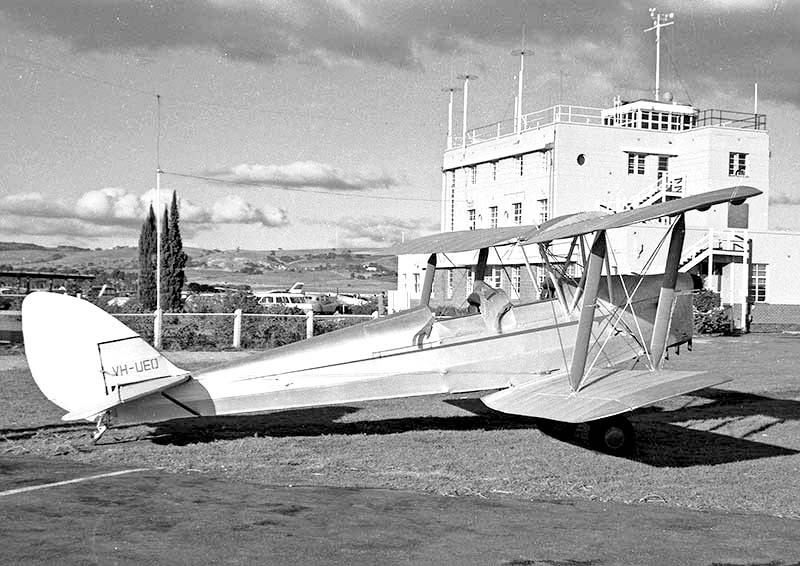
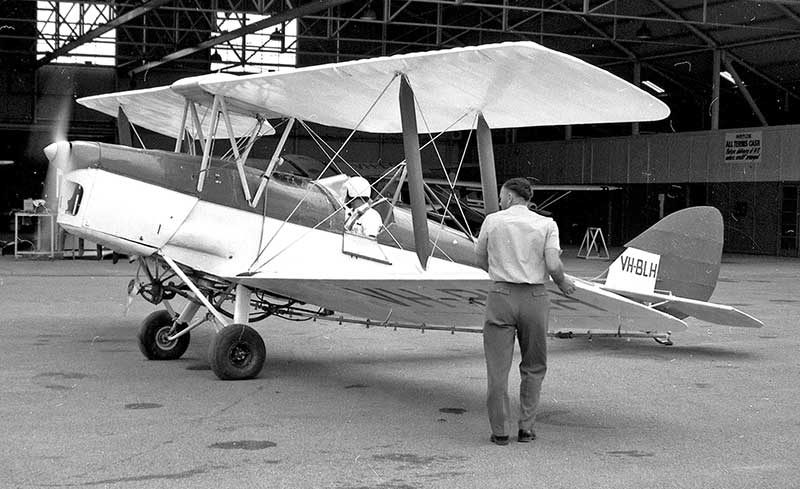
of the high pilot casualty rate compared with newer purpose-designed ag aircraft. VH-BLH was a sprayer with Coveair from
Kangaroo Island SA, seen departing the Aero Kair hangar in May 1964.
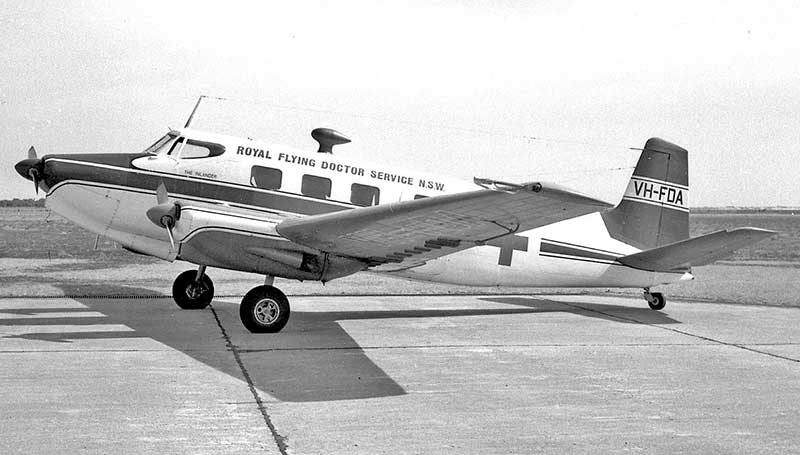
Green and white with red cross.
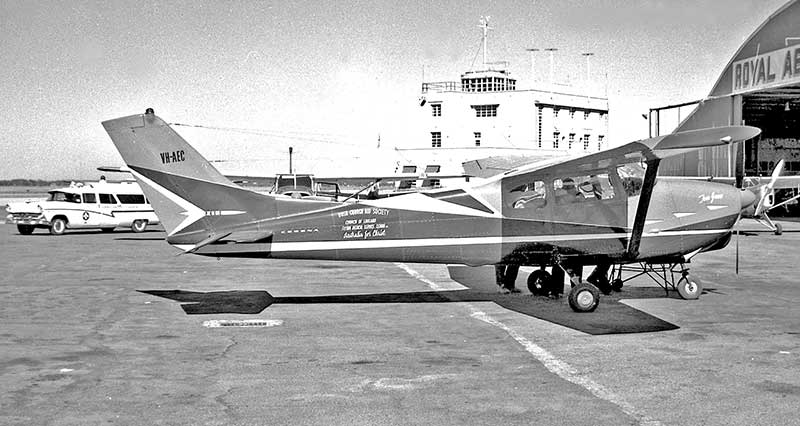
the St Johns Ambulance Ford Customline ambulance is driving up to collect the stretcher patient. The BCAS had been based
at Ceduna since 1938 providing medical clinic runs and emergency flights, until taken over by RFDS in 1968.
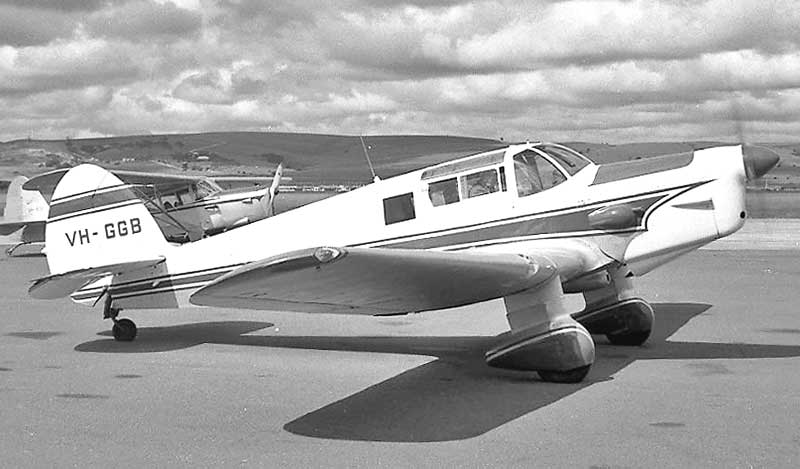
VH-SCC & VH-GGB continued to fly from Parafield. Here's blue and white Proctor 3 VH-GGB in August 1964.
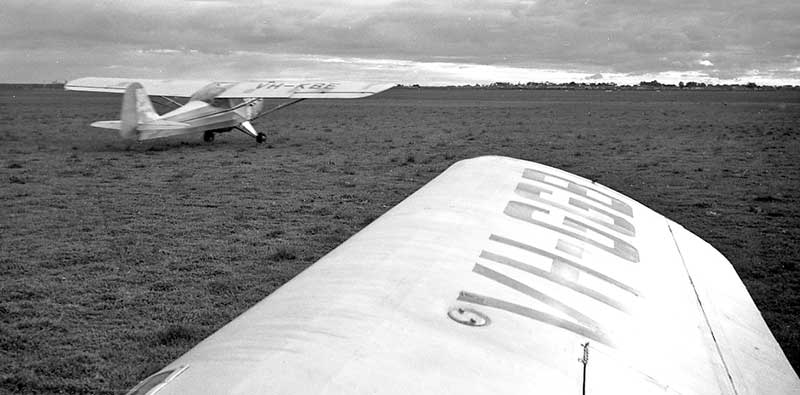
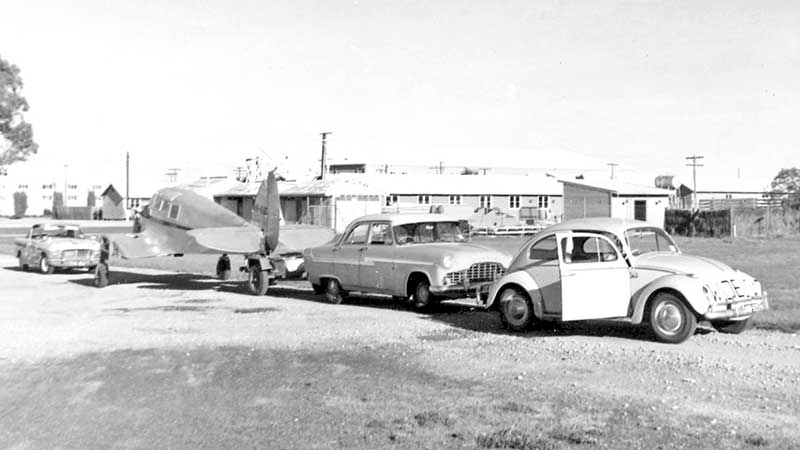
When it was donated to the Moorabbin Air Museum, a team from the West Beach Aviation Group moved it from Parafield in
June 1965, towed behind my Ford Zephyr. It is now displayed at Moorabbin, painted as the RAAF's only Proctor A75-1.
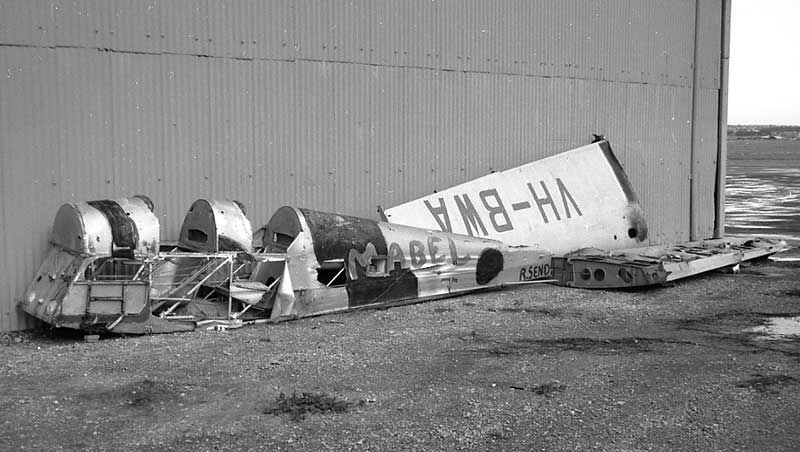
remains. Here's a Tiger Moth fuselage and damaged Chipmunk wings, dumped outside Aviation Services (SA) Ltd's hangar June 1963.